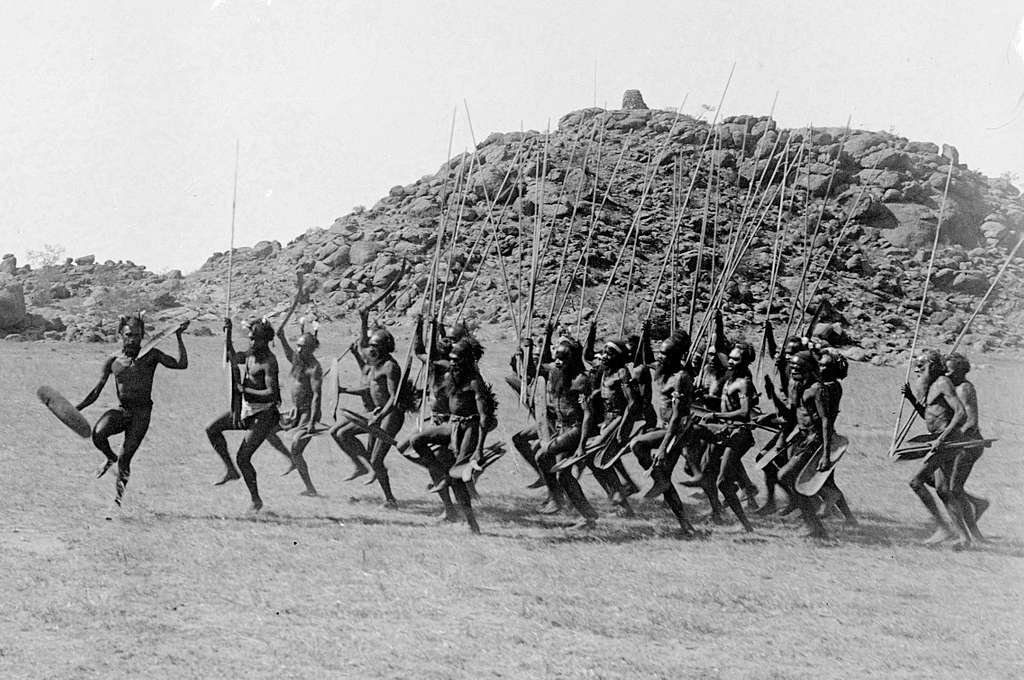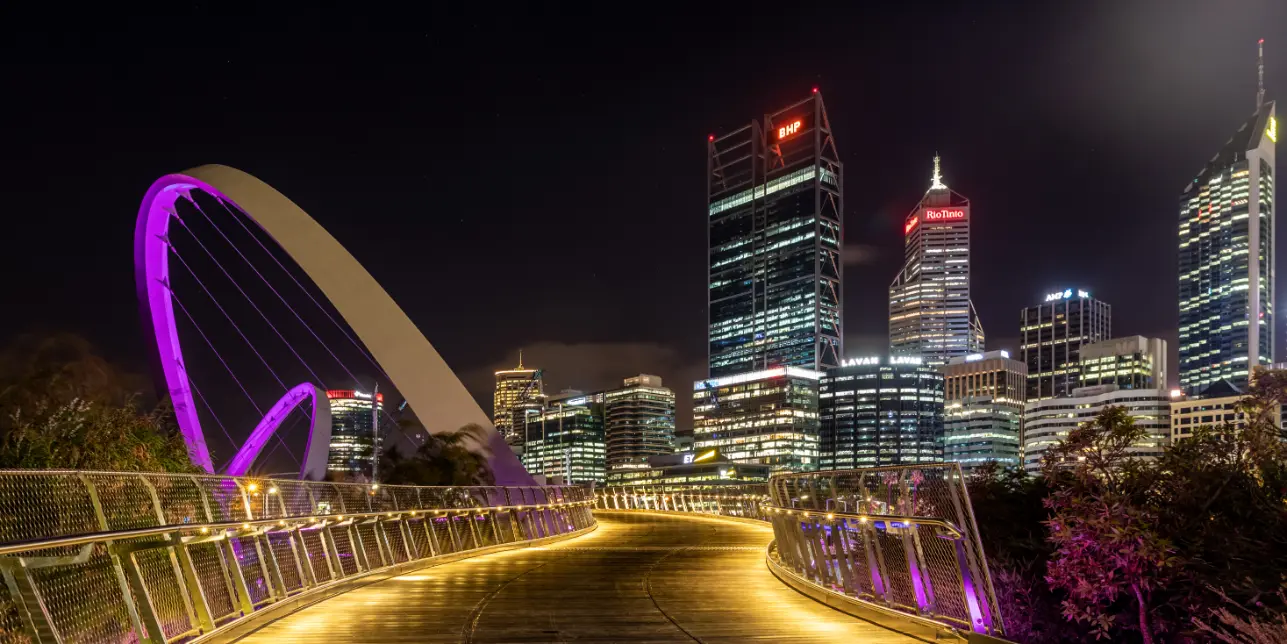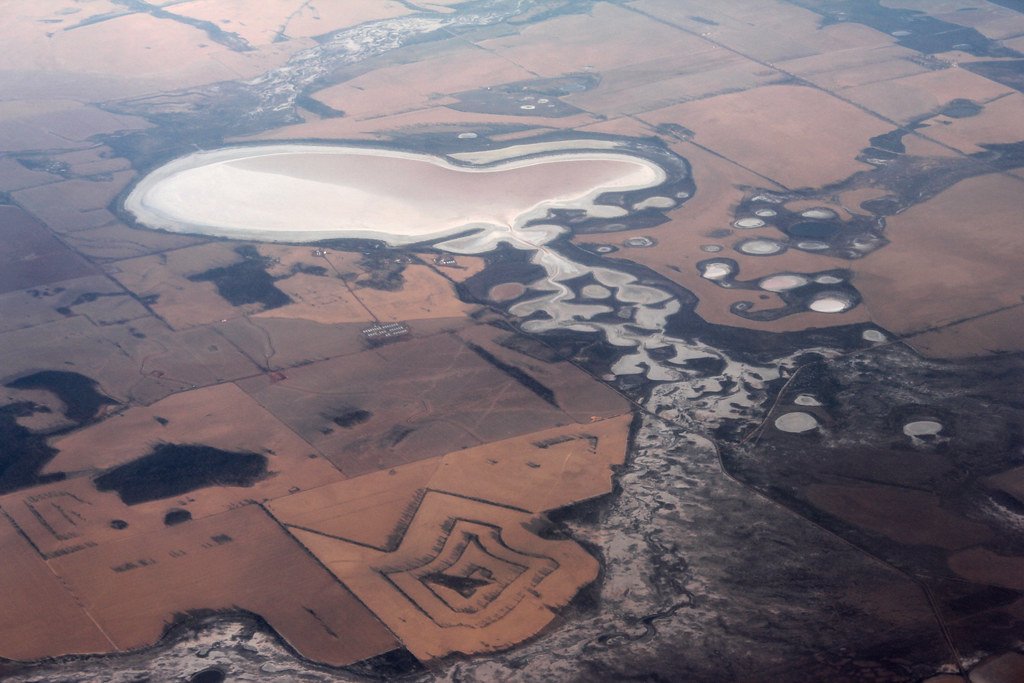Step into the living legacy of Aboriginal Culture in Alice Springs, where 60,000 years of heritage thrive in Australia’s Red Centre. At the heart of Arrernte country, ancient traditions intertwine with contemporary Indigenous life, inviting you to uncover sacred sites, intricate dot paintings, and Dreamtime stories passed through generations. Explore local art centers and cultural sites to witness how Aboriginal communities sustain profound ties to the land while sharing their enduring traditions with the world.
Updated: 2025-04-01
Key Takeaways:
- The Arrernte people are the traditional owners of Alice Springs (Mparntwe), maintaining one of the oldest living cultures spanning over 65,000 years
- Alice Springs serves as a major hub for Aboriginal art, featuring numerous galleries showcasing traditional dot paintings and contemporary Indigenous artwork
- The Desert Park offers cultural experiences where visitors can learn about traditional bush foods, tools, and Aboriginal survival techniques in the desert environment
- Sacred sites such as Emily Gap and Jessie Gap hold deep spiritual significance, featuring ancient rock art and Dreamtime stories vital to local Aboriginal culture
- The town maintains strong cultural education programs through organizations like the Akeyulerre Healing Centre, where traditional healing practices and knowledge are shared with younger generations
Traditional Arrernte People
For thousands of years, the Arrernte people have been the traditional custodians of Alice Springs and its surrounding regions.

You’ll discover their rich cultural heritage deeply woven into the landscape, where every rock formation, waterhole, and ancient pathway tells a story of their ancestral connections.
Ancient Connection to Land
The Arrernte’s relationship with their country goes beyond mere ownership – it’s a spiritual bond that shapes their entire worldview. You’ll find their connection reflected in the way they’ve maintained and cared for the land through sophisticated land management practices passed down through generations.
Dreamtime Stories
Land formations around Alice Springs hold sacred significance in Arrernte Dreamtime stories.
You can explore these stories through guided tours, where you’ll learn how ancestral beings shaped the landscape during the creation period, leaving behind eternal markers of their journeys.
In fact, when you visit sacred sites like Emily Gap, you’ll discover how these Dreamtime narratives continue to guide the Arrernte people’s daily lives.
Their stories explain natural phenomena, establish moral codes, and maintain vital cultural knowledge that has survived for countless generations.
Sacred Sites Around Alice Springs
Some of the most significant Aboriginal sacred sites surround Alice Springs, offering you a glimpse into the rich spiritual heritage of the Arrernte people.
These restricted ceremonial grounds hold deep cultural significance and require visitors to show proper respect. You’ll find these sites integrated into the stunning landscape, each telling its own Dreamtime story.
Emily Gap
Beside the road to Ross Highway, Emily Gap reveals ancient rock art depicting the caterpillar dreaming story. You can witness the three caterpillar beings who traveled through this area during the Dreamtime.
This culturally sensitive location requires you to stay on marked paths and avoid touching the artwork.
Heavitree Gap
Across the southern entrance to Alice Springs, Heavitree Gap stands as a natural gateway to the town.
You’ll find this towering gap between the MacDonnell Ranges holds special significance to the local Arrernte people as a traditional ceremonial site.

In fact, your journey through Heavitree Gap follows an ancient Aboriginal traveling route. The site continues to serve as a vital connection point between communities, though some areas remain restricted to unauthorized access.
You must obtain proper permissions before exploring beyond designated public areas.
Art and Expression
Unlike many other cultural expressions, Aboriginal art in Alice Springs offers you a unique window into the world’s oldest living culture.
Here, you’ll discover how traditional Dreamtime stories seamlessly blend with contemporary artistic techniques, creating a vibrant tapestry of cultural narratives that continue to shape the region’s identity.
Contemporary Aboriginal Art Movement
For the past five decades, you’ve witnessed Alice Springs emerge as a powerhouse of Aboriginal art innovation.

Your exploration of this movement reveals how local artists have transformed traditional dot paintings and symbols into internationally recognized art forms, while maintaining their deep cultural significance and authenticity.
Desert Art Centers
Behind the doors of Alice Springs’ art centers, you’ll find thriving creative communities where Aboriginal artists work to preserve and evolve their cultural heritage.
These centers serve as both galleries and working studios, offering you direct interaction with artists and their creative processes.
In fact, when you visit these art centers, you’ll discover that they’re more than just creative spaces – they’re vital cultural preservation hubs.
Your experience here connects you with authentic Aboriginal art, where each center maintains strict ethical standards and ensures fair compensation for artists, while providing you with certification of authenticity for your purchases.
Living Culture
Once again, you’ll discover that Aboriginal culture in Alice Springs isn’t confined to museums or history books – it’s a vibrant, living force that shapes the city’s daily rhythm.
You’ll witness traditional practices seamlessly blending with modern life, as Indigenous art galleries, cultural centers, and ceremonial grounds continue to preserve and celebrate ancient traditions while embracing contemporary expressions.
Community Gatherings
Behind the bustling streets of Alice Springs, you’ll find regular community gatherings where ancient traditions come alive.
You can experience authentic corroborees, where dance, music, and storytelling create powerful connections between past and present.
These events offer you a unique opportunity to witness firsthand how Aboriginal communities maintain their cultural bonds.
Language Preservation
Across Alice Springs, you’ll encounter the resilient efforts to preserve Indigenous languages.
You can hear Arrernte, the traditional language of the central desert region, being spoken in cultural centers and educational programs, ensuring these ancient tongues continue to thrive in modern Australia.
A growing network of language programs and cultural initiatives allows you to engage with Aboriginal languages firsthand. These programs offer you the chance to learn basic phrases and understand the deep connection between language and country.
Your participation in these programs helps support the vital preservation of Indigenous languages for future generations.
Cultural Practices
Keep in mind that Aboriginal culture in Alice Springs remains deeply rooted in ancient traditions passed down through generations. You’ll discover a rich tapestry of practices that connect people to the land and their ancestors.
Learn more about the local Indigenous community through the Local Community & Culture – Alice Springs Town Council resources.

Bush Tucker Traditions
Bush tucker knowledge forms an necessary part of survival skills you can learn from Aboriginal culture.
When you explore the region, you’ll find that traditional food gathering involves identifying edible plants like witchetty grubs, bush tomatoes, and native fruits.
Your guide can show you how these foods are not only sustaining but also hold medicinal properties.
Ceremony and Ritual
Before participating in any Aboriginal ceremonies, you should understand that these are sacred practices requiring deep respect.
Your experience might include witnessing traditional dances, songs, and storytelling that have been preserved for thousands of years.
For instance, when you attend ceremonies, you’ll notice they often take place at specific sacred sites and particular times of the year. Your participation may be limited as some rituals are gender-specific or restricted to initiated members.
These ceremonies can include coming-of-age celebrations, seasonal rituals, and spiritual healing practices that maintain connections to the Dreamtime.
Modern Aboriginal Life
Now, you’ll discover that Aboriginal life in Alice Springs represents a unique blend of traditional and contemporary elements.

The Indigenous community here maintains its deep spiritual connections while adapting to modern urban life, offering you a chance to witness this remarkable cultural evolution firsthand.
Urban Integration
At present, you’ll find Aboriginal residents actively participating in Alice Springs’ urban landscape.
They contribute to various sectors, from local businesses to government services, while facing ongoing challenges of cultural identity preservation. Your visit to local Aboriginal-owned enterprises reveals how traditional knowledge merges with contemporary commerce.
Cultural Maintenance
Behind the modern facade of Alice Springs, you’ll observe Aboriginal communities actively preserving their heritage.
Your exploration will reveal how traditional ceremonies, art practices, and storytelling continue to thrive, particularly in community centers and cultural institutions.
Further into your journey, you’ll discover how local Aboriginal families maintain their connections through regular gatherings, where ancient customs blend seamlessly with modern life.
You can witness this cultural resilience in contemporary art galleries, where traditional Dreamtime stories are expressed through modern mediums, and in educational programs where elders pass down their knowledge to younger generations.
Final Words
On the whole, your journey aboriginal culture in alice springs offers you an unparalleled opportunity to connect with one of the world’s oldest living cultures.
As you explore the town’s indigenous art galleries, participate in cultural tours, and engage with local Aboriginal communities, you’ll gain deep insights into their profound connection to the land. Your understanding of Dreamtime stories, traditional ceremonies, and ancient customs will transform your perspective on this rich heritage.
Whether you’re examining dot paintings or learning about bush tucker, Alice Springs remains an vital gateway to authentic Aboriginal cultural experiences.
FAQ
What are the main Aboriginal groups in Alice Springs?
The Arrernte people are the traditional owners of Alice Springs (Mparntwe) and surrounding regions. The area is also home to other Aboriginal groups including Luritja, Warlpiri, and Pitjantjatjara peoples, who have maintained strong cultural connections to the land for thousands of years.
Where can visitors experience authentic Aboriginal art in Alice Springs?
Visitors can explore Aboriginal art at several locations including the Araluen Arts Centre, which houses significant collections, and various Aboriginal-owned art centers like Tjanpi Desert Weavers and Tangentyere Artists. The Todd Mall markets also feature local Indigenous artists selling authentic artwork and crafts directly to the public.
What sacred sites can be found around Alice Springs?
Several significant sacred sites exist around Alice Springs, including Emily Gap (Anthwerrke), Jessie Gap (Yapurramye), and the MacDonnell Ranges. These locations hold deep spiritual significance in Aboriginal Dreamtime stories. Visitors should respect these sites and obtain proper permits before visiting certain restricted areas.
How can tourists learn about Aboriginal bush food and medicine in the area?
Aboriginal-led tours and cultural experiences are available through organizations like RT Tours Australia and Alice Springs Desert Park. These programs teach visitors about traditional bush foods like witchetty grubs, bush tomatoes, and native plants used for medicinal purposes, all while being guided by Indigenous knowledge holders.
What cultural festivals celebrate Aboriginal heritage in Alice Springs?
The Desert Mob Festival, held annually in September, showcases Indigenous art and culture from desert communities. The Parrtjima Festival of Light celebrates Aboriginal culture through stunning light installations and artworks. Additionally, NAIDOC Week celebrations in July feature various cultural activities, performances, and community events throughout Alice Springs.









